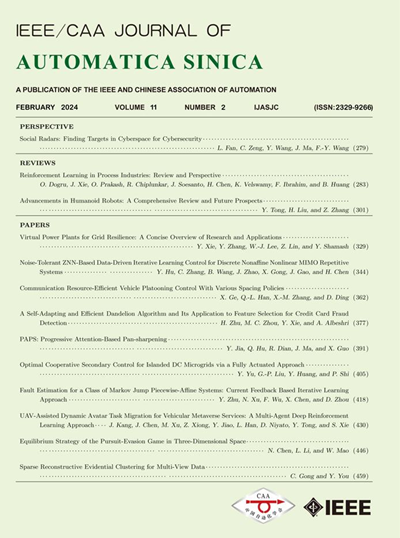Unsupervised Dynamic Discrete Structure Learning: A Geometric Evolution Method
IF 19.2
1区 计算机科学
Q1 AUTOMATION & CONTROL SYSTEMS
引用次数: 0
Abstract
Revealing the latent low-dimensional geometric structure of high-dimensional data is a crucial task in unsupervised representation learning. Traditional manifold learning, as a typical method for discovering latent geometric structures, has provided important nonlinear insight for the theoretical development of unsupervised representation learning. However, due to the shallow learning mechanism of the existing methods, they can only exploit the simple geometric structure embedded in the initial data, such as the local linear structure. Traditional manifold learning methods are fairly limited in mining higher-order non-linear geometric information, which is also crucial for the development of unsupervised representation learning. To address the abovementioned limitations, this paper proposes a novel dynamic geometric structure learning model (DGSL) to explore the true latent nonlinear geometric structure. Specifically, by mathematically analysing the reconstruction loss function of manifold learning, we first provide universal geometric relational function between the curvature and the non-Euclidean metric of the initial data. Then, we leverage geometric flow to design a deeply iterative learning model to optimize this relational function. Our method can be viewed as a general-purpose algorithm for mining latent geometric structures, which can enhance the performance of geometric representation methods. Experimentally, we perform a set of representation learning tasks on several datasets. The experimental results show that our proposed method is superior to traditional methods.无监督动态离散结构学习:一种几何演化方法
揭示高维数据潜在的低维几何结构是无监督表示学习的关键任务。传统流形学习作为一种发现潜在几何结构的典型方法,为无监督表示学习的理论发展提供了重要的非线性认识。然而,由于现有方法的学习机制较浅,它们只能利用初始数据中嵌入的简单几何结构,如局部线性结构。传统的流形学习方法在挖掘高阶非线性几何信息方面相当有限,这对无监督表示学习的发展至关重要。为了解决上述局限性,本文提出了一种新的动态几何结构学习模型(DGSL)来探索真正的潜在非线性几何结构。具体来说,通过数学分析流形学习的重构损失函数,我们首先给出了初始数据的曲率与非欧度规之间的通用几何关系函数。然后,我们利用几何流设计了一个深度迭代学习模型来优化该关系函数。该方法可以看作是一种挖掘潜在几何结构的通用算法,可以提高几何表示方法的性能。实验上,我们在几个数据集上执行了一组表示学习任务。实验结果表明,该方法优于传统方法。
本文章由计算机程序翻译,如有差异,请以英文原文为准。
求助全文
约1分钟内获得全文
求助全文
来源期刊

Ieee-Caa Journal of Automatica Sinica
Engineering-Control and Systems Engineering
CiteScore
23.50
自引率
11.00%
发文量
880
期刊介绍:
The IEEE/CAA Journal of Automatica Sinica is a reputable journal that publishes high-quality papers in English on original theoretical/experimental research and development in the field of automation. The journal covers a wide range of topics including automatic control, artificial intelligence and intelligent control, systems theory and engineering, pattern recognition and intelligent systems, automation engineering and applications, information processing and information systems, network-based automation, robotics, sensing and measurement, and navigation, guidance, and control.
Additionally, the journal is abstracted/indexed in several prominent databases including SCIE (Science Citation Index Expanded), EI (Engineering Index), Inspec, Scopus, SCImago, DBLP, CNKI (China National Knowledge Infrastructure), CSCD (Chinese Science Citation Database), and IEEE Xplore.
 求助内容:
求助内容: 应助结果提醒方式:
应助结果提醒方式:


